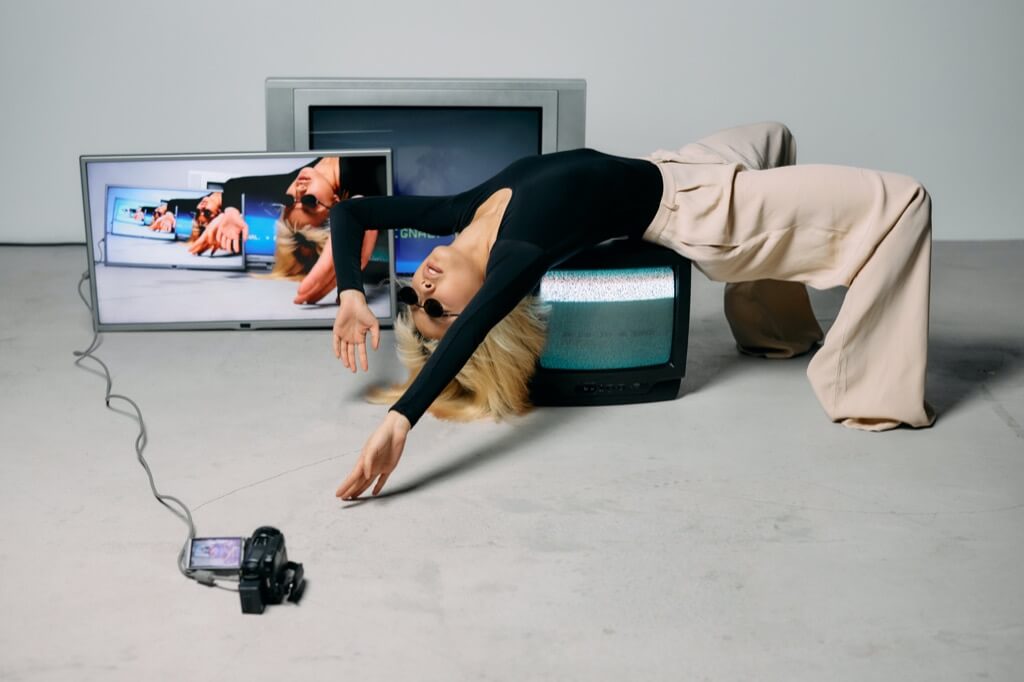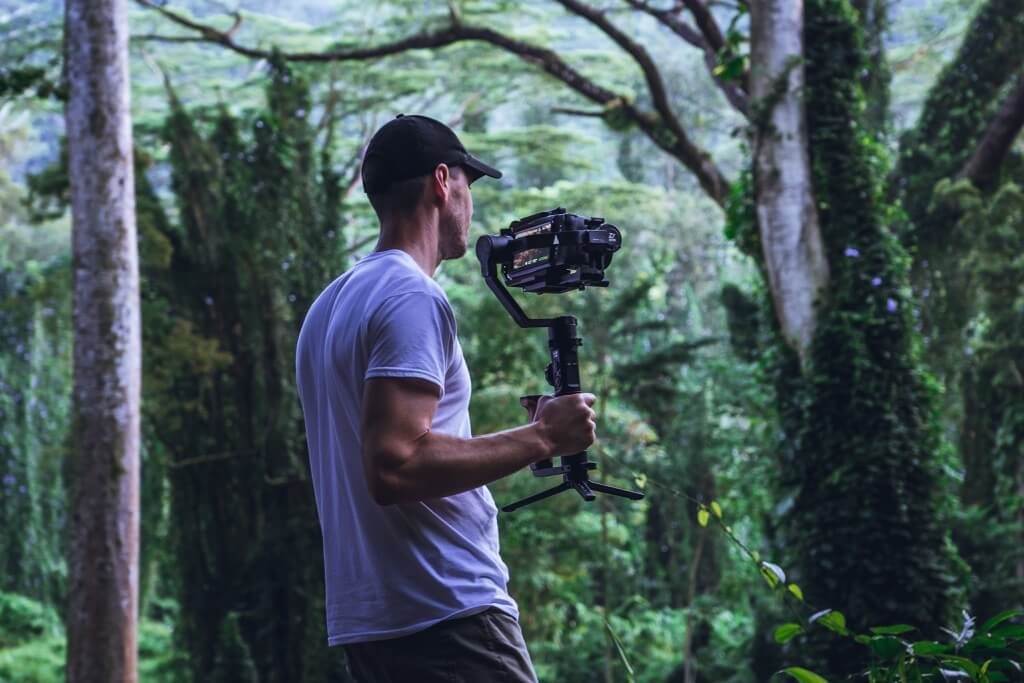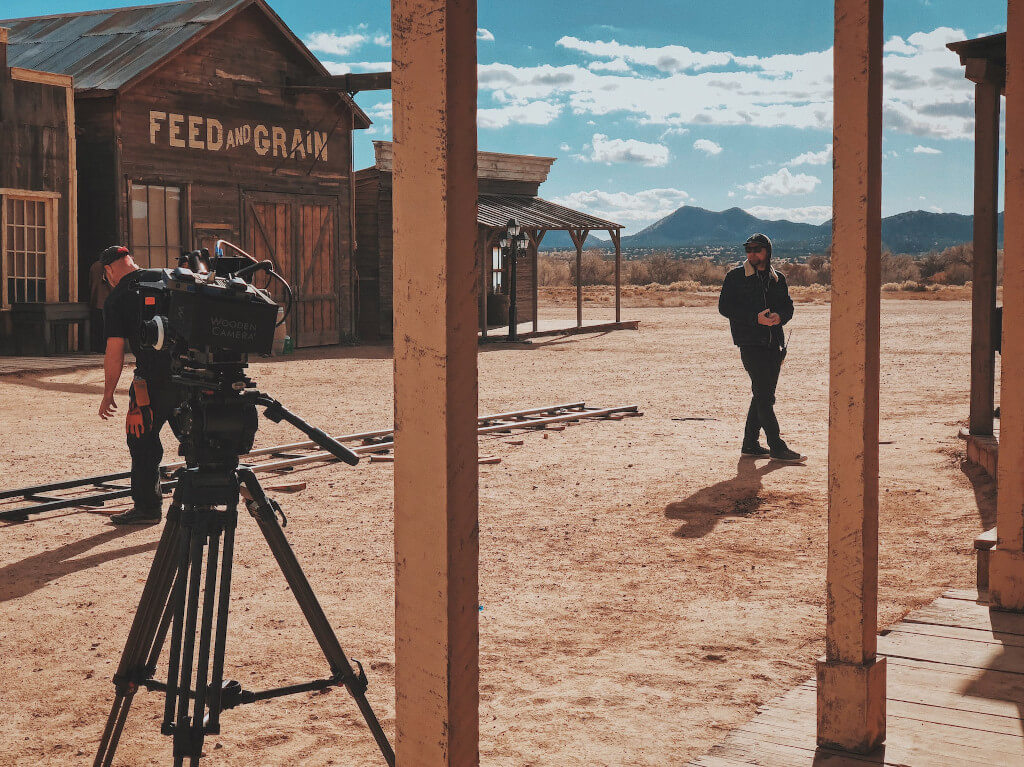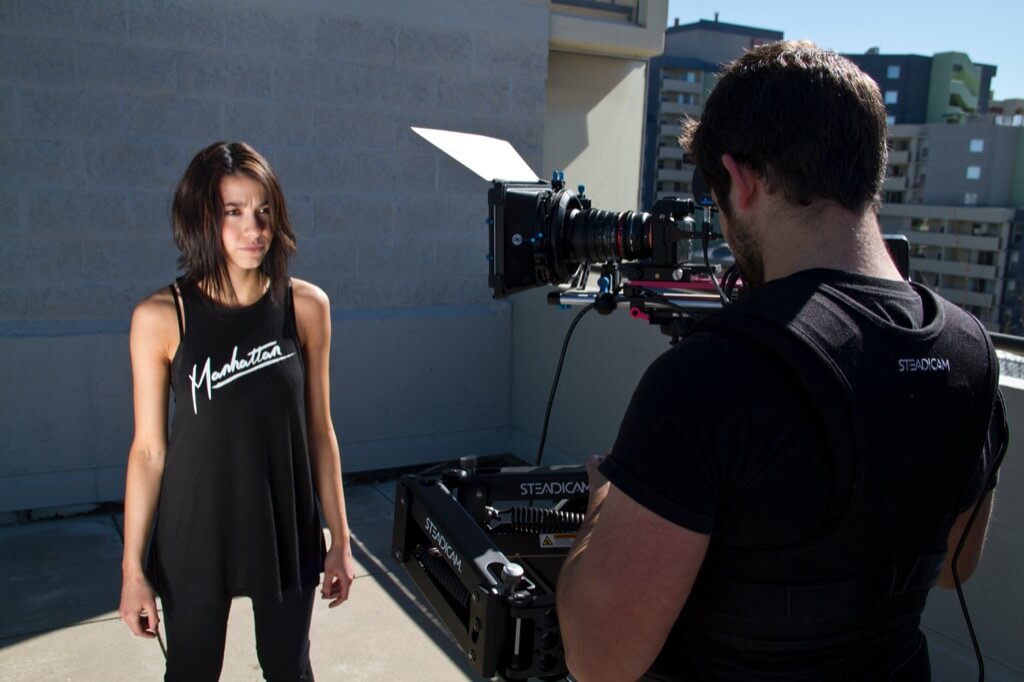Fashion is a continually evolving cultural phenomenon that reflects the spirit of the times and societal aesthetics, while stills production is the craft of creating static visuals that communicate ideas, stories, or emotions. The two have been intertwined since the dawn of photography, with fashion often inspiring the aesthetic direction of stills, while the techniques used in stills production influence fashion design and presentation. From the very start, fashion and stills production have been dancing an elegant tango, each shaping and responding to the other in a constant flow of creative energy.
Influence of Fashion Trends on Stills Production
Fashion trends have a profound influence on stills production, shaping everything from the color palette to the overall composition of a shot. Take, for example, the minimalist fashion trend of the early 2010s. This trend was characterized by simple, unadorned designs and neutral colors. It was mirrored in stills production, where photographers embraced a more subdued color palette, focused on natural lighting, and chose simpler backgrounds to highlight the clothes themselves.
Similarly, the 1960s saw the popularity of bold, psychedelic patterns in fashion. This was reflected in stills production as photographers began using brighter lights, more vibrant colors, and dynamic compositions that echoed the energy and experimental nature of the fashion of the time. Further fashion trends that had an impact on stills photography:
- The “Township Funk” Trend: A vibrant and distinctively South African fashion trend that began in the late 2010s, “Township Funk” involved bold, bright colors and patterns, often drawing from traditional African textiles. This had a significant impact on stills production, particularly in advertising and fashion editorials, with photographers using high-contrast lighting and saturated color palettes to emphasize the style’s energy and vitality.
- The “Safari Chic” Trend: This trend emerged globally but had a particular resonance in South Africa due to the country’s association with wildlife and wilderness. The muted earth tones and natural textures of “Safari Chic” influenced stills production with a trend toward softer, natural lighting, and settings that echo the wilderness inspiration, often featuring local landscapes.
- Minimalist Fashion Trend: Inspired by Scandinavian aesthetics, the minimalist trend focuses on neutral color palettes and clean, simple lines. In South Africa and globally, this trend has translated into stills production through the use of minimalist compositions, low-saturation color palettes, and soft, diffused lighting.
- The “Ndebele Neck Rings” Trend: The South African Ndebele tribe’s traditional use of neck rings became a global fashion trend in the late 2000s. Stills’ production mirrored this trend with a focus on portrait compositions, dramatic lighting, and a color palette that highlighted the metallic tones of the neck rings against darker backgrounds.
Stills Production Shaping Fashion Trends
Just as fashion can dictate the direction of stills production, the reverse is equally true. Many iconic photographs have sparked fashion trends, demonstrating the power of a single image. Consider, for instance, the famous black turtleneck portrait of Steve Jobs. That photograph, shot by Albert Watson, spurred a trend for simple, black turtleneck sweaters that have endured for years.
Advances in photographic techniques have also changed the way fashion is presented. For instance, the advent of high-speed photography allowed for dynamic, action-filled fashion shots, leading to an increased emphasis on movement and fluidity in fashion designs.
One iconic example of the symbiosis between fashion and still production is the partnership between designer Yves Saint Laurent and photographer Helmut Newton in the 1970s. Saint Laurent’s groundbreaking designs, characterized by masculine lines in women’s fashion, were captured in bold, provocative shots by Newton. These images not only solidified the popularity of Saint Laurent’s designs but also set a new standard for fashion photography, with their strong contrast and dramatic use of shadow.
Another striking instance is the collaboration between Alexander McQueen and photographer Nick Knight for the Spring/Summer 2004 “Deliverance” collection. Knight’s innovative use of high-speed cameras and 3D body scanning technology resulted in visuals that reflected the fluidity and movement of McQueen’s designs, and these images played a significant role in establishing McQueen’s reputation as an avant-garde fashion innovator. Here are a few more examples of iconic case studies that influenced fashion and stills photography:
- The release of Marvel’s “Black Panther” film in 2018 showcased Afrofuturism fashion, combining traditional African designs with futuristic elements. The movie’s costume design heavily influenced stills production with its bold color palettes, dynamic compositions, and innovative use of light. This, in turn, drove global fashion trends, influencing runway designs and streetwear.
- David Tlale is one of South Africa’s most well-known fashion designers. His flamboyant designs and bold use of color have made a significant impact on stills production, particularly in fashion photography, encouraging more adventurous compositions and the use of vibrant color. In turn, the powerful images produced have contributed to the popularity and international success of Tlale’s designs.
- Maxhosa is a luxury South African brand that has made waves internationally with its modern take on traditional Xhosa beadwork patterns and colors. The striking visual elements of these designs have influenced stills production, encouraging close-up shots and composition choices that highlight the intricate details. The compelling stills have significantly boosted the brand’s recognition and popularity, showing the mutual benefit for both the fashion and still production industries.
This symbiosis has profound implications for both industries. Understanding this relationship allows designers to anticipate how their designs might be presented in stills, helping them to make design choices that will photograph well. Similarly, photographers can anticipate future fashion trends and develop new techniques to capture them effectively. Additionally, this relationship underscores the importance of collaboration between designers and photographers. The most iconic fashion images are often the result of a deep understanding and symbiosis between the designer’s vision and the photographer’s interpretation.
The symbiosis between fashion and still production will continue to evolve. Technological advancements, such as virtual and augmented reality, could revolutionize the way fashion is presented in stills. These technologies could allow for more immersive and interactive fashion experiences, shifting the role of stills production from merely capturing designs to creating entire virtual worlds around them. As global fashion trends become increasingly influenced by social and environmental consciousness, stills production will likely follow suit. Expect to see more fashion photographs that incorporate themes of sustainability, diversity, and social justice, mirroring the values of the increasingly conscientious consumers.
Cape Town has been a hub for both the fashion and still production industries. Its distinctive aesthetics and diverse landscapes have continually offered a rich canvas for the fusion of these two disciplines. However, while this symbiotic relationship provides opportunities for innovation and growth, it also necessitates a sense of caution and responsibility.
It is crucial to remain aware of the influence each field holds over the other. As trends shift and technologies advance, professionals in both industries must maintain an open dialogue and a shared understanding to continue creating impactful and relevant work. A change in fashion trends might demand a shift in the artistic direction of stills production, just as advancements in photography or film technology could inspire new avenues in fashion design.
With the global spotlight increasingly focused on Cape Town’s fashion and film industries, the city can set a precedent for the rest of the world. The choices made by Cape Town’s designers and photographers can have ripple effects, influencing trends and practices worldwide. This brings a responsibility to promote sustainability, diversity, and ethical practices in both industries.
While striving for innovation, preserving the distinct cultural identity that makes Cape Town unique is crucial. As the city’s fashion and stills production industries grow, they must also safeguard and celebrate the local heritage, values, and brand messages that have shaped them.





